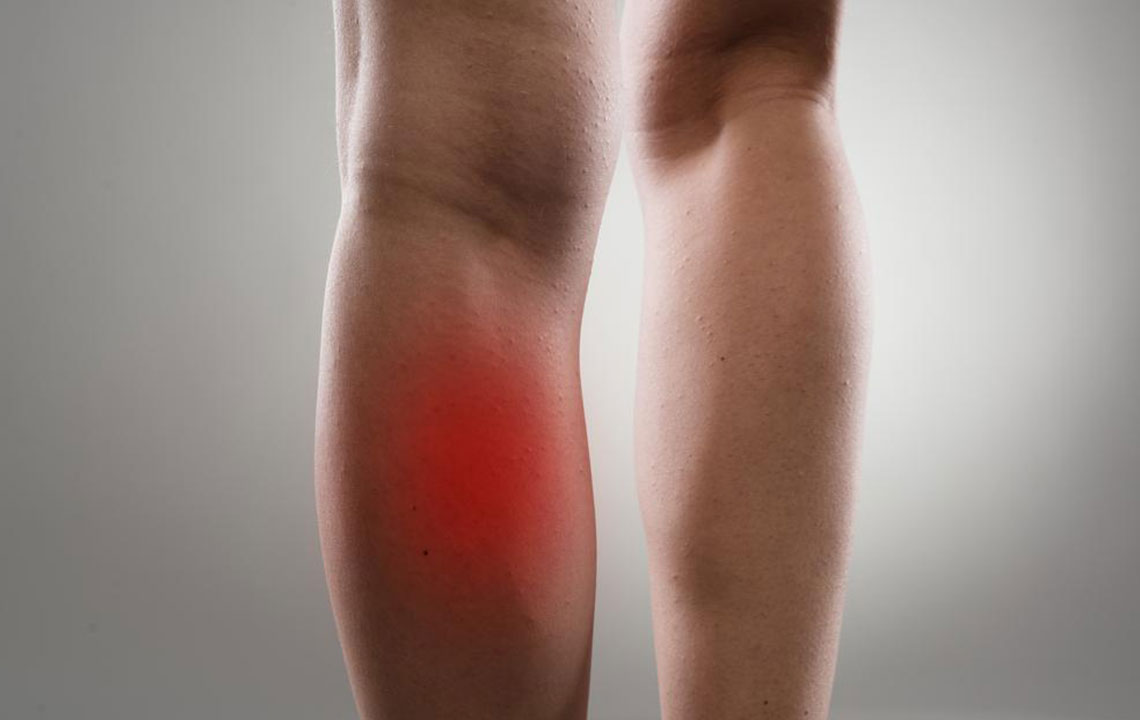In-Depth Guide to Managing Gout: Treatments, Medications, and Lifestyle Strategies
This in-depth guide explores effective gout treatments, including medications and lifestyle changes, aimed at reducing attacks and preventing joint damage. Learn about managing uric acid levels, dietary adjustments, and innovative future therapies to improve quality of life for gout sufferers.

Gout is a complex, painful form of arthritis characterized by sudden episodes of intense pain, swelling, redness, and warmth in the affected joints. While it can impact any joint, the big toe is most frequently affected, accounting for more than half of all cases. However, gout can also involve other joints such as the ankles, knees, elbows, fingers, and wrists. Understanding the underlying causes, risk factors, and comprehensive management strategies is essential for individuals suffering from this condition. This extensive guide aims to shed light on effective gout treatments, medications, lifestyle changes, and preventive measures to improve patient outcomes and quality of life.
Gout develops when uric acid crystals accumulate within the joints, causing inflammation and severe pain. Normally, uric acid is produced when the body breaks down purines—substances found in many foods—and is excreted through urine. However, when the body produces too much uric acid or fails to eliminate it efficiently, blood levels rise, leading to crystal formation. These crystals deposit in joints, triggering an inflammatory response that results in the classic gout attack. The condition can be sporadic or chronic, with recurrent episodes potentially leading to joint damage if not properly managed.
Several factors increase the risk of gout. Dietary choices play a significant role; high consumption of red meats, shellfish, and rich foods contributes to elevated uric acid levels. Alcohol intake, especially beer and spirits, interferes with uric acid excretion, exacerbating the problem. Obesity and metabolic syndrome are common risk factors, as excess body weight increases uric acid production and hampers elimination. Genetic predispositions also influence susceptibility, with some individuals inheriting abnormalities in uric acid metabolism. Other contributors include certain medications (like diuretics), kidney dysfunction, and dehydration.
Effective management of gout involves a combination of medication therapy and lifestyle modifications. The primary goals are symptom relief during acute attacks, lowering long-term uric acid levels to prevent future episodes, and minimizing joint damage. Medical treatments are tailored to individual patient needs, severity of symptoms, and underlying risk factors.
Acute gout is commonly treated with anti-inflammatory medications to reduce pain and swelling quickly. Nonsteroidal anti-inflammatory drugs (NSAIDs) such as ibuprofen and naproxen are often first-line options. If NSAIDs are contraindicated or insufficient, corticosteroids—either oral or injected directly into the joint—may be prescribed to suppress inflammation. Colchicine is another effective option, especially if started early in the attack. Each of these medications aims to provide rapid relief, but they should be used under medical supervision to avoid adverse effects.
For long-term management, controlling uric acid levels is crucial. Xanthine oxidase inhibitors like Allopurinol and Febuxostat are primarily used to reduce uric acid production. These drugs help maintain serum uric acid within a safe range, preventing crystal formation and subsequent attacks. Uricosuric agents such as Probenecid increase uric acid excretion by the kidneys and can be added to therapy if necessary. Regular blood tests are essential to monitor uric acid levels and adjust medications accordingly. It's important for patients to follow their prescribed regimen and attend routine check-ups to prevent complications.
Aside from medications, lifestyle modifications play a vital role in managing gout effectively. Dietary adjustments include reducing intake of purine-rich foods like red meats, organ meats, shellfish, and certain fish varieties such as sardines and anchovies. Limiting or abstaining from alcohol, especially beer, can significantly improve uric acid clearance. Increasing hydration by drinking plenty of water helps dilute uric acid and supports kidney function. Maintaining a healthy weight through balanced diet and regular exercise not only reduces uric acid but also lowers the risk of comorbidities such as hypertension and diabetes.
Additional lifestyle changes include quitting smoking, managing stress, and avoiding medications that can elevate uric acid, such as certain diuretics and aspirin. Incorporating low-purine diets, rich in fruits, vegetables, and whole grains, aids in controlling uric acid levels naturally. Some people find that incorporating cherries, vitamin C-rich foods, and coffee into their diets provides supplementary protection against gout attacks, although further research is ongoing in these areas.
Preventive strategies are essential for individuals with recurrent gout episodes or chronic hyperuricemia. Regular medical check-ups, blood tests, and adherence to prescribed therapies are vital components of long-term management. Patient education regarding the importance of consistent medication use and lifestyle adjustments can significantly reduce attack frequency and severity. In some cases, preventive medications are continued indefinitely to keep uric acid levels in check and prevent joint deterioration.
In addition to medical treatments, innovative approaches such as biologic agents and emerging therapies are in development, promising better management options in the future. Advances in understanding the genetic and metabolic aspects of gout may lead to personalized treatment plans that offer higher efficacy with fewer side effects. Moreover, patient support groups and education programs provide valuable resources for those coping with this often debilitating condition.
Overall, managing gout requires a comprehensive approach that combines appropriate medications with lifestyle modifications. Patients empowered with knowledge and supported by healthcare professionals stand a better chance of controlling their symptoms, preventing joint damage, and leading healthier lives. Early diagnosis, medication adherence, and proactive lifestyle changes are the keys to successfully navigating gout and minimizing its impact on daily living.





